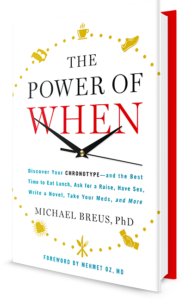Blogging for Business’ Sake
It’s a wonder more companies don’t do it,” Paul Gillin, B2b Content strategist, observes, referring to topical blogs. Topical blogs, Gillin says, connect with customers about topics that are mutually interesting. The purpose of a topical blog, he says is to “offer practical information that helps readers be more successful and productive, thereby associating the sponsor with that expertise.”
Serving as a “go-to” source for online readers can be a winning strategy for business owners, showcasing the blog content writer’s own expertise while offering useful, actionable, information to readers. This is in no way disingenuous, we firmly believe at Say It For You, because when people go online to search for information about a product or service, they’re aware of the fact that the providers of the information are out to capture business.
“An advertorial is ‘softly softly’ advertising,” cautions write.co.nz. The art of writing a good advertorial, write.co explains, is getting the right balance between story and sale. “An effective call to action will act as a logical extension of your blog posts, the authors of the Ivy Tech Study Power Leaders’ Guide add. “Your calls to action should never seem abrupt, or you’ll struggle to get the reaction you’d hoped.”
According to About.Com, “a Subject Matter Expert is an individual who understands a business process or area well enough to answer questions from people in other groups who are trying to help.” Individuals designated as subject matter experts (SMEs) are sought out by others interested in solving solve specific problems meeting challenges. Provide good useful information and establish trust and credibility – sales will follow,” Think eBiz Blog concludes.
The stance we’ve adopted at Say It For You in our blog content writing is this: If the information in a blog is “topical”, meaning it’s relevant to the search, helpful and useful, with no hint of a hard-sell, most readers are perfectly OK with the concept that the company providing the information would like to have them customers or clients.
Because readers understand that they are the ones in control, we believe, they have no trouble being “softly softly sold”.





Follow us online!